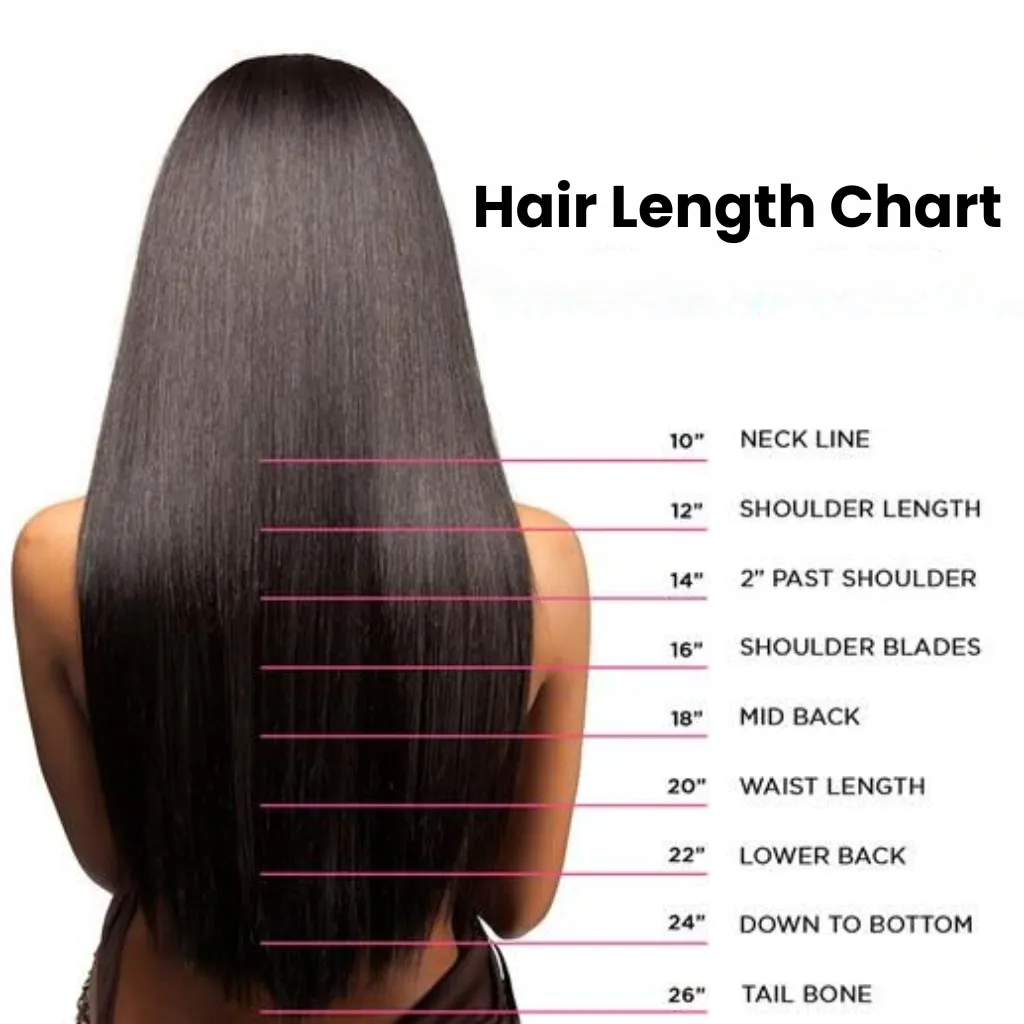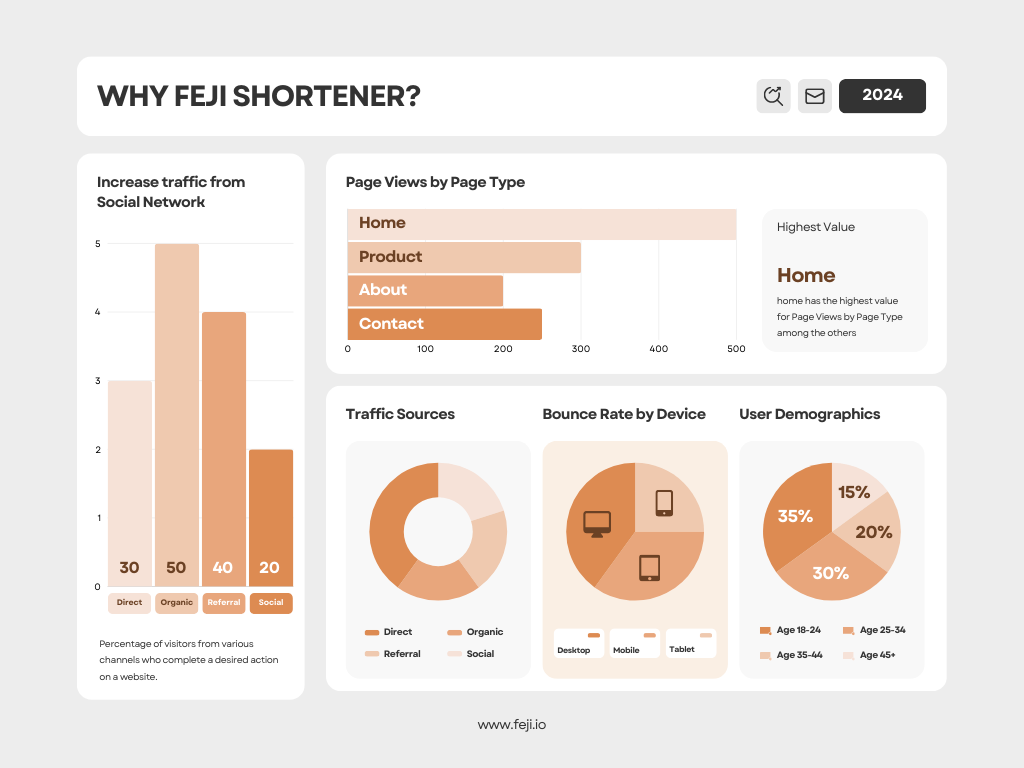Hair comes in all shapes and sizes, but determining exactly what length your hair is or where you want it to be can sometimes be a challenge. That’s where a hair length chart comes in handy. Whether you’re planning your next haircut, growing your hair, or choosing extensions, understanding how a hair length chart works can help guide your hair journey. In this article, we’ll break down what a hair length chart is, how it helps, and how you can use it effectively.
What Is a Hair Length Chart?
A hair length chart is a visual tool that helps you determine the different stages of hair growth. It divides hair into categories, ranging from very short (like a buzz cut) to extremely long (hip-length or floor-length). Using a hair length chart, you can better understand where your hair currently stands or what length you want to achieve, making it easier to set goals or communicate with your hairstylist.

A hair length chart is essentially a guide that labels various hair lengths based on where the ends of your hair fall in relation to your body. This could range from chin-length hair to waist-length hair. The chart provides a standard reference point so you can identify exactly what length you’re aiming for or currently have. These charts can vary slightly depending on who creates them, but most use common markers such as shoulders, mid-back, or waist to denote specific lengths.
Why Use a Hair Length Chart?
If you’ve ever struggled to explain the hair length you want to your stylist, or if you’re growing out your hair but can’t pinpoint where you’re at, a hair length chart is an essential tool. Here’s why it’s beneficial:
Helps Set Hair Goals
A hair length chart makes it easier to set clear, measurable goals when growing out your hair. For instance, if your current length is at your shoulders and you want to achieve waist-length hair, you can track your progress along the chart.
Improves Communication with Hairstylists
It can be tough to describe exactly what length you want when you visit a hairstylist. Saying you want "long hair" might mean something different to them than it does to you. Using a chart provides a visual aid to make sure you and your stylist are on the same page.
Ideal for Tracking Hair Growth
Hair grows at different rates for everyone. If you're tracking your hair growth, the hair length chart allows you to measure and mark your progress, whether you’re aiming for mid-back length or longer.
Common Hair Length Stages Explained
Different lengths are represented in the hair length chart, and each has its own characteristics and appeal. Let’s walk through the most common lengths.
Buzz Cut
This is the shortest on the chart, where hair is cut very close to the scalp, usually only a few millimeters in length. It's popular for those looking for a low-maintenance, bold style.
Ear Length
Ear-length hair hits right around the bottom of your earlobe. This is a versatile short length that’s great for chic bobs and pixie cuts.
Chin Length
Chin-length hair falls right at your chin and is ideal for classic bob hairstyles. It’s short enough to be manageable but long enough for some styling options.
Shoulder Length
Shoulder-length hair is where things start to get a bit more flexible. Hair that reaches your shoulders can be styled in many ways, making it a popular choice for those who like versatility.
Armpit Length
When hair reaches the armpits, it’s considered a medium-long length. This is a great length for people looking to have long hair but without the maintenance of very long hair.
Bra Strap Length
This is one of the most sought-after lengths—hair that reaches just around the back bra strap. It’s long enough to feel glamorous but still relatively manageable.
Mid-Back Length
Mid-back hair hits between the shoulder blades and is considered long. At this point, hair care becomes more crucial to maintaining its health and strength.
Waist Length
Hair that reaches your waist requires diligent care and regular trims. It’s an impressive length that draws attention and is favored by those wanting an elegant, flowing look.
Hip Length
Hip-length hair is for those committed to the long-hair lifestyle. It requires extra time and attention, but the results are worth it for many.

How to Measure Your Hair Using a Hair Length Chart
Measuring your hair to see where it falls on the chart is simple. Here’s how to do it:
Step 1: Starting Point
Start by finding a reliable starting point. The most common place to measure from is the crown of your head. You can also measure from the nape of your neck for an alternative reference point.
Step 2: Using the Right Tools
A soft measuring tape, like the kind used for sewing, is ideal for measuring hair. Run the tape from your starting point down to the ends of your hair.
Step 3: Comparing to the Hair Length Chart
Once you have your measurement, compare it to the hair length chart. For example, if your hair measures around 22 inches, you’re likely sitting around mid-back length on the chart.
Hair Length and Different Textures
It’s important to note that hair length can appear different depending on the texture. Curly and wavy hair, for instance, tends to shrink, meaning hair will look shorter than it is when straightened.
- Straight Hair: With straight hair, length is easier to measure and appears exactly as shown on the chart.
- Curly Hair: Curly hair may appear shorter due to shrinkage. This means that while your hair may measure at a specific length when pulled straight, it will sit at a shorter length in its natural curly state.
- Wavy Hair: Wavy hair falls somewhere between straight and curly. While it may not shrink as much as curly hair, it can still appear shorter depending on how defined the waves are.
Best Hairstyles for Each Length
The hair length chart also provides a great guide for choosing hairstyles that suit your current length. Here’s a quick breakdown of popular styles for different lengths.
Short Haircuts (Buzz, Ear, and Chin Length)
At shorter lengths, pixie cuts, bobs, and cropped styles are ideal for highlighting facial features while offering ease of maintenance.
Medium Length Hairstyles (Shoulder, Armpit)
Shoulder and armpit-length hair is perfect for beachy waves, layered cuts, and updos. It’s long enough to style but short enough to be manageable.
Long Hair Styles (Bra Strap, Waist, Hip Length)
Longer lengths are often styled in loose waves, braids, and voluminous curls. The longer the hair, the more you can experiment with intricate styles.

Tips for Maintaining Hair at Different Lengths
Maintaining your hair will vary depending on how long it is. Here’s what to keep in mind for different lengths.
Short Hair
Short hair may require more frequent trims to keep its shape but less product to maintain overall health.
Medium Length Hair
Medium hair benefits from regular conditioning and detangling to avoid breakage, especially if you’re growing it out.
Long Hair
Long hair needs extra care to prevent split ends and dryness. Regular deep conditioning treatments and protective styles are essential.
A hair length chart is a valuable tool for anyone looking to track their hair growth, plan a haircut, or set hair length goals. It simplifies the process of measuring your hair, making it easier to communicate with your stylist and keep tabs on your progress. Whether you're aiming for a drastic change or just want to keep your current length in check, using a hair length chart is the first step in achieving the hair you desire.
FAQs
-
How long does it take to grow from shoulder-length to waist-length hair?
On average, it takes about 18 to 24 months to grow from shoulder length to waist length, depending on your hair growth rate. -
Can curly hair be accurately measured using a hair length chart?
Yes, but it’s best to straighten or stretch curly hair before measuring for a more accurate result. -
How often should I trim my hair when growing it out?
Trim your hair every 8 to 12 weeks to remove split ends and encourage healthy growth. -
What is the most popular hair length?
Shoulder length and bra strap length are among the most popular hair lengths due to their versatility and manageability. -
How do I maintain healthy long hair?
Regular conditioning, avoiding excessive heat styling, and using protective hairstyles can help maintain healthy long hair.

 Vietnamese
Vietnamese









Nguyen Hoai Thanh
Nguyen Hoai Thanh is the Founder and CEO of Metaconex. With 12 years of experience in developing websites, applications and digital media, Nguyen Hoai Thanh has many stories and experiences of success to share.